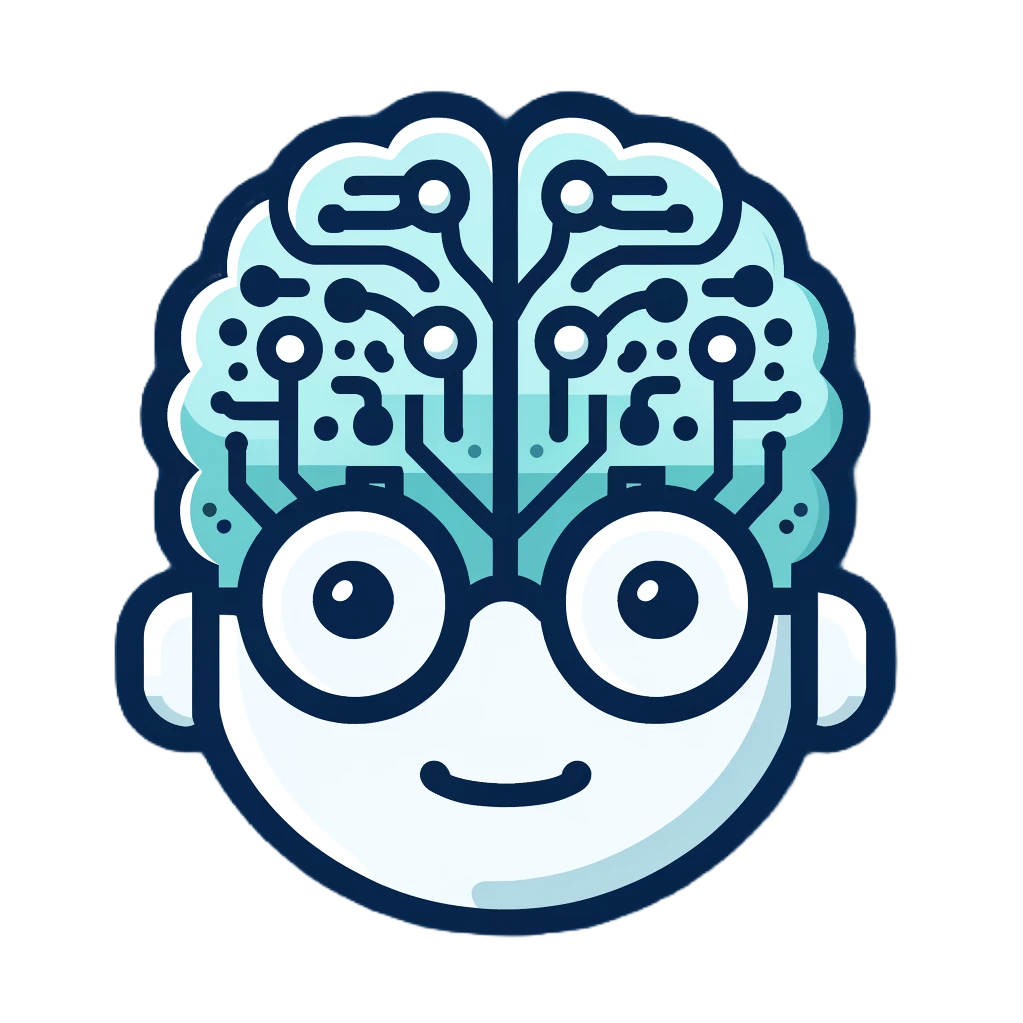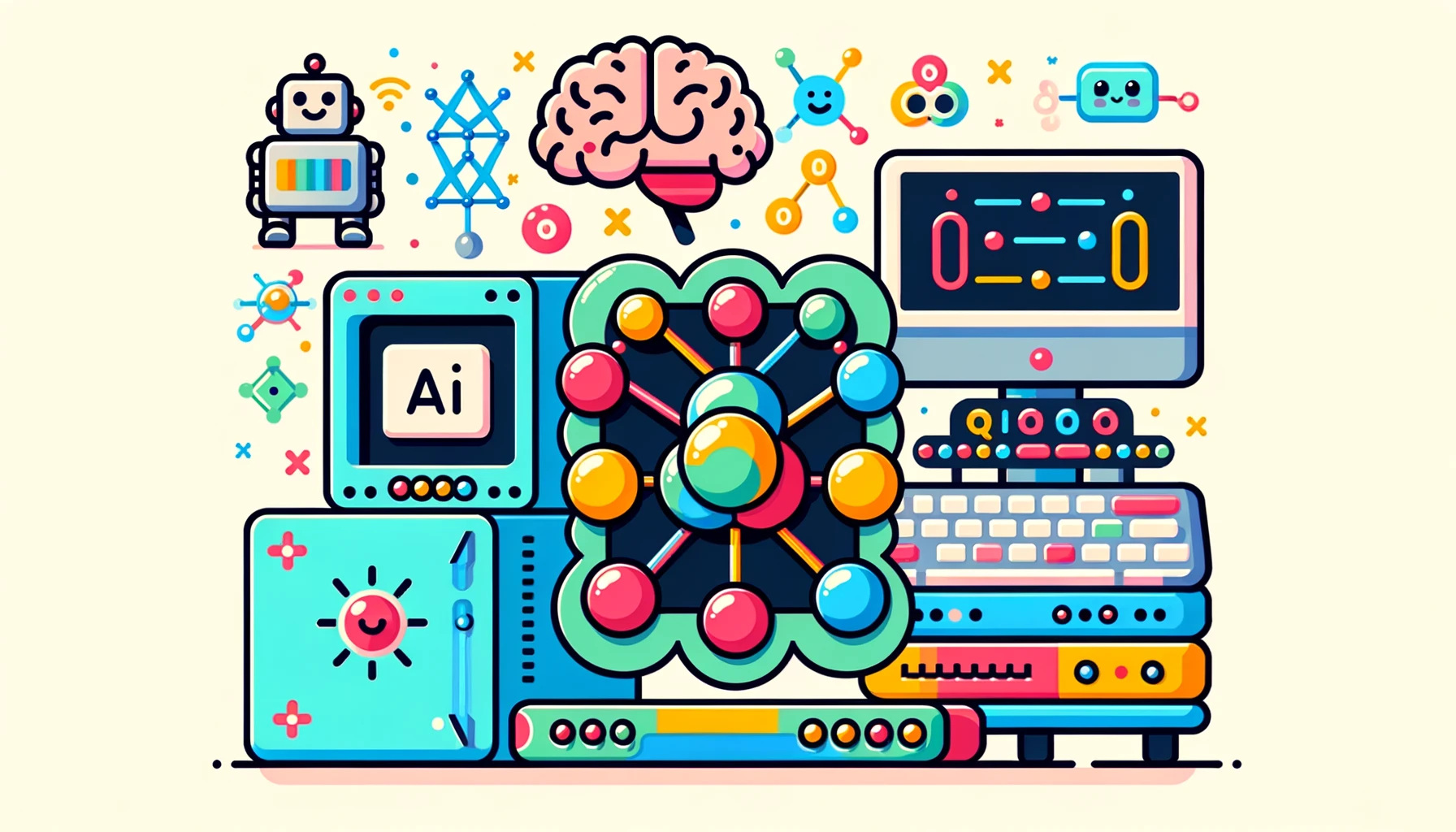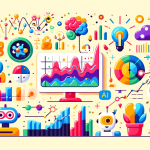I don’t know if you’ve all figured this out yet, but I am a giant nerd. And when I say giant nerd, I mean the type of person who programs daily, loves 3D printing, is obsessed with Star Trek, Halo, and Doctor Who, reads physics, Causal AI, and math books for fun, and spends way too much money on technology. So, when my friend and colleague Wade Schulz asked me if I wanted to play in the world of quantum computing, my brain screamed “YES!” before he even finished the question.
Just as an aside, Wade is a technology and medical force of nature that you need to follow as he’s changing the world; my kids call him Dr. Dr. Wade because he’s so smart. Look out for a future post on a couple of the projects we are working on in AI-powered data science.
Now back to quantum… What followed was a series of deep dives into the strange and fascinating realm of quantum computing. We even wrote a paper on the topic that was recently accepted by the Journal of the American Medical Informatics Association! We have more papers and sessions coming, but I’m just too excited and need to share the wonders of quantum computing with you all right now. So, buckle up, because we’re about to dive into the wacky, wonderful world of quantum!
What is Computing?
Before we get into quantum computing, let’s start with the basics: What is computing? At its core, computing is the process of using algorithms (which are basically fancy instructions) to solve problems and process data. Traditional computers, like the ones you’re probably using right now, use a system of bits to perform these tasks. A bit can be either a 0 or a 1, and by combining these bits in various ways, we can represent and manipulate data.
Why is Quantum Computing Different?
So, what makes quantum computing different from traditional computing? Well, instead of bits, quantum computers use qubits. Qubits are like bits, but they have a superpower: they can be both 0 and 1 at the same time, thanks to a phenomenon called superposition. Imagine if you could be both at work and on vacation simultaneously—how cool would that be? This superposition property allows quantum computers to perform many calculations at once, making them incredibly powerful for certain tasks.

Another key feature of qubits is entanglement. When qubits become entangled, the state of one qubit is directly related to the state of another, no matter how far apart they are. It’s like having a magical connection with your best friend where you instantly know what they’re thinking, even if they’re on the other side of the world. This interconnectedness allows quantum computers to solve complex problems much more efficiently than traditional computers.
The Incredible Power of Quantum Computing
Because of superposition and entanglement, quantum computers can tackle problems that are currently impossible for classical computers to solve. For example, they can break complex cryptographic codes, simulate molecular structures for drug discovery, and optimize large systems like traffic flow or supply chains. Essentially, quantum computers can process and analyze vast amounts of data in ways that classical computers simply can’t match.
Cryptography: Quantum computers have the potential to break complex cryptographic codes that protect our data today. Classical computers rely on the difficulty of certain mathematical problems, like factoring large numbers, to keep information secure. Quantum computers, however, can solve these problems exponentially faster, which means they could crack codes that would take classical computers millions of years to break. This is largely thanks to Shor’s algorithm, which can factor large numbers exponentially faster than the best-known algorithms running on classical computers. Because of this, quantum cryptography, which leverages the principles of quantum mechanics to create secure communication, is becoming a significant area of research.
Drug Discovery: One of the most exciting applications of quantum computing is in simulating molecular structures. Traditional computers struggle to model the complex interactions of large molecules, but quantum computers excel at this task. By accurately simulating molecular interactions, quantum computers can help researchers design new drugs more efficiently and with greater precision, potentially leading to breakthroughs in treating diseases that are currently incurable.
Optimization Problems: Many real-world problems, like optimizing traffic flow in a city or managing a supply chain, involve finding the best solution from a vast number of possible options. Classical computers use approximation algorithms that may not always find the optimal solution. Quantum computers, with their ability to process multiple possibilities simultaneously, can solve these optimization problems more accurately and efficiently. This means better traffic management, more efficient logistics, and even improved financial modeling.
The Future of AI with Quantum Computing
Now, let’s talk about how quantum computing is poised to revolutionize artificial intelligence (AI). Quantum computing can significantly accelerate machine learning algorithms, enabling AI systems to learn and adapt much faster. This means more powerful AI that can handle more complex tasks and provide more accurate predictions.
One particularly exciting area is quantum causal AI. This refers to the ability of quantum computing to help AI understand the cause-and-effect relationships in data, rather than just recognizing patterns. Imagine an AI that can not only predict the weather but also understand why certain weather patterns occur, leading to even more accurate forecasts.
A key component in this revolution is Grover’s algorithm. Grover’s algorithm can search through unsorted datasets quadratically faster than classical algorithms. This algorithm is particularly powerful in solving graph problems, which involve finding specific nodes or paths within a network of interconnected points. By leveraging Grover’s algorithm, quantum computers can efficiently explore all possible paths and solutions within a graph, making it an invaluable tool for various applications, including logistics, network optimization, and social network analysis.

In the context of causal AI, Grover’s algorithm can help identify causal relationships by rapidly searching through complex datasets to find patterns and connections that indicate cause-and-effect relationships. This enhanced ability to analyze and understand causality could lead to more accurate and insightful AI models.
Quantum computing’s ability to process and analyze data in ways that classical computers cannot opens up new possibilities for AI, pushing the boundaries of what AI can achieve and making it a transformative force across multiple fields.
Wrapping Up
Quantum computing is an exciting and rapidly evolving field that promises to revolutionize the way we approach computing and AI. From its unique properties like superposition and entanglement to its potential applications in various industries, quantum computing is set to change the game in a big way. And while we’ve only scratched the surface today, I can’t wait to dive deeper into the world of quantum causal AI in a future post. So stay tuned, fellow nerds!
If you have any questions or just want to geek out about quantum computing, feel free to leave a comment below. Let’s explore this fascinating new frontier together!



